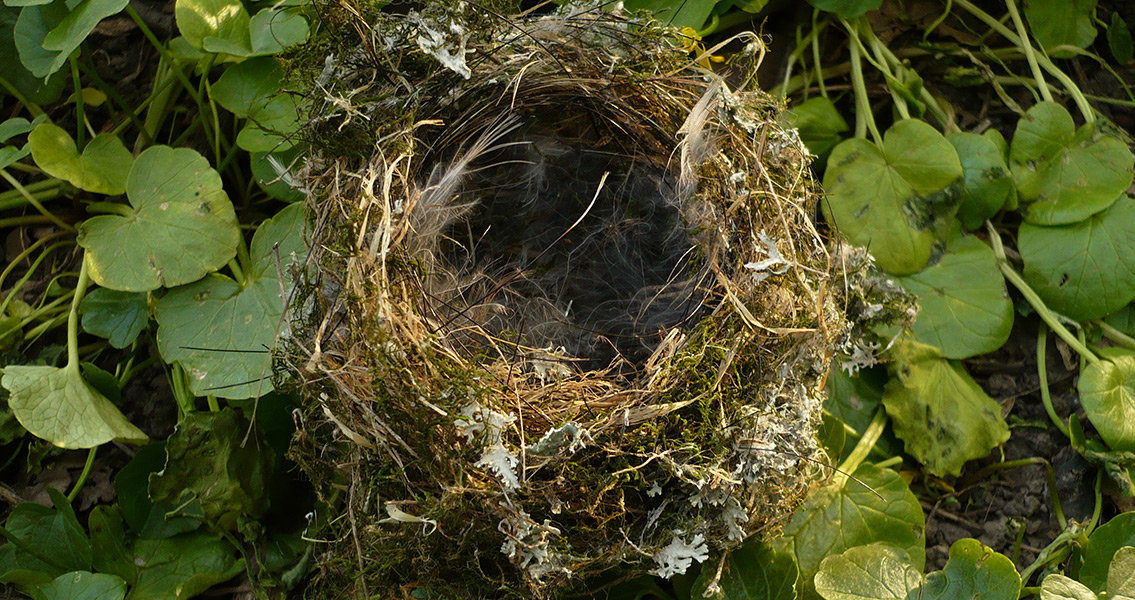<![CDATA[Generations of birds living near a cathedral in Russia have been building their nests from whatever they can find – including old, discarded letters, church documents, and even banknotes, it was recently revealed. The Cathedral of the Assumption, located around 40 miles west of Moscow, dates to the fifteenth century. Restoration work on the cathedral led to the discovery of the curious nests filled with ephemera ensconced in the attic. The nests were likely built by either the jackdaws or the swifts that inhabit the region – bird species that have spent several centuries living beneath the eaves of the cathedral, according to the deputy research director for the town’s Historical and Architectural Museum, Dmitriy Sedov. In a statement released by the museum, Sedov remarked that the oldest fragments found in these nests, which included other historical artifacts like bus tickets, pages from books, wrappers from pieces of candy, and discarded cigarette packs, have been dated to around the 1830s. It was then that the roof of the Cathedral of the Assumption was last replaced. The deputy research director added that investigators discovered a sizable layer of not just these fragments of ephemera but also branches and dirt, all designed to provide insulation for newly-hatched chicks. While nearly every scrap of paper used by the birds bears the tell-tale marks of being shredded and torn by the beaks of the avian archivists, many pieces can still be read. The majority of the fragments that can be deciphered seem to be personal correspondence written in a flowing, elegant calligraphy script. These letters make several mentions of Imperial Russia’s foreign minister Count Karl Nesselrode, who served from 1822 through 1856. Another clue to the age of the discovered nests includes a piece of a calendar dated 6th December 1917, complete with a note in reference to Nicolas II, the last Russian emperor. The Tsar, along with his family, would be executed during the Bolshevik Revolution just one year later. Other than that, the diversity of the nest’s contents is incredible, according to Sedov. Church documents and fragments of birth certificates comprise the collection, as do diplomas from graduating students as well as delivery contracts and bus tickets. Fragments of bread ration cards, dated to the collectivization policies of Josef Stalin in the 1930s, stand in stark contrast to the candy wrappers collected by the birds prior to the rise of the dictator. Less bleak historical documents include notes scribbled down and sent to friends and family members bearing good wishes and greetings. The unfortunate loss of a 1,000 ruble banknote, now shredded almost beyond recognition, was another noteworthy find – something that likely caused the owner some considerable upset as it was worth a small fortune when it was lost. Research continues on the findings from the bird nests, with many fragments being sent to historians and archaeologists to analyze the remains further. Image courtesy of Wikimedia Commons user: Лобачев Владимир ]]>
Avian Archivists in Russia Build Nests with Ephemera
